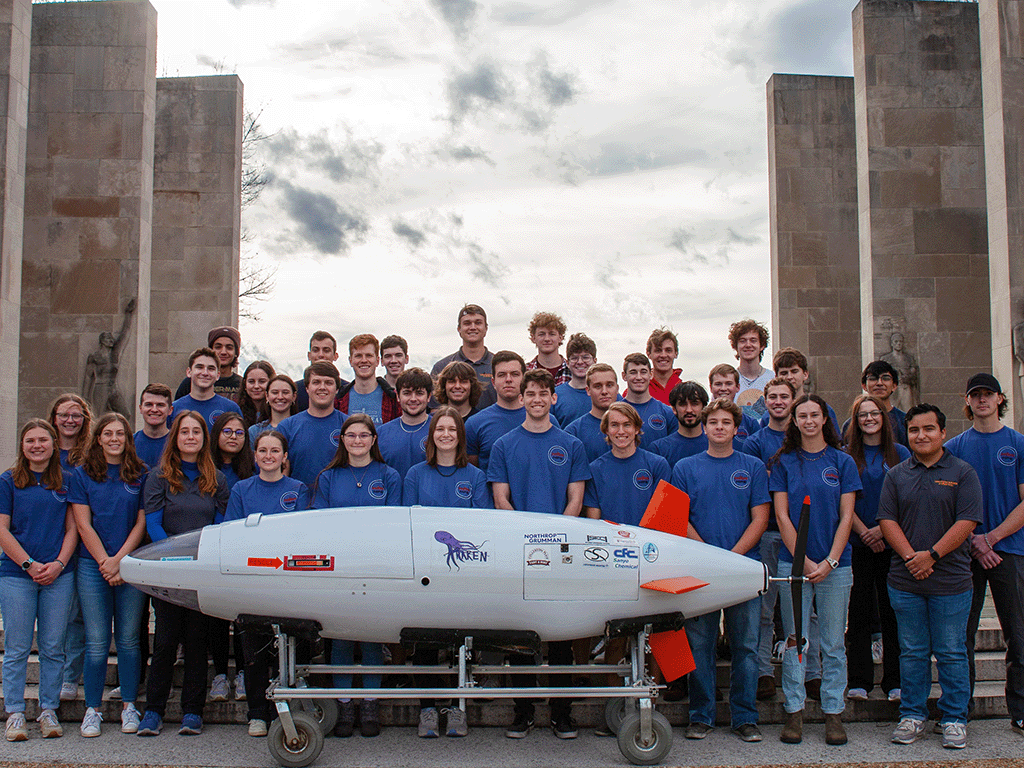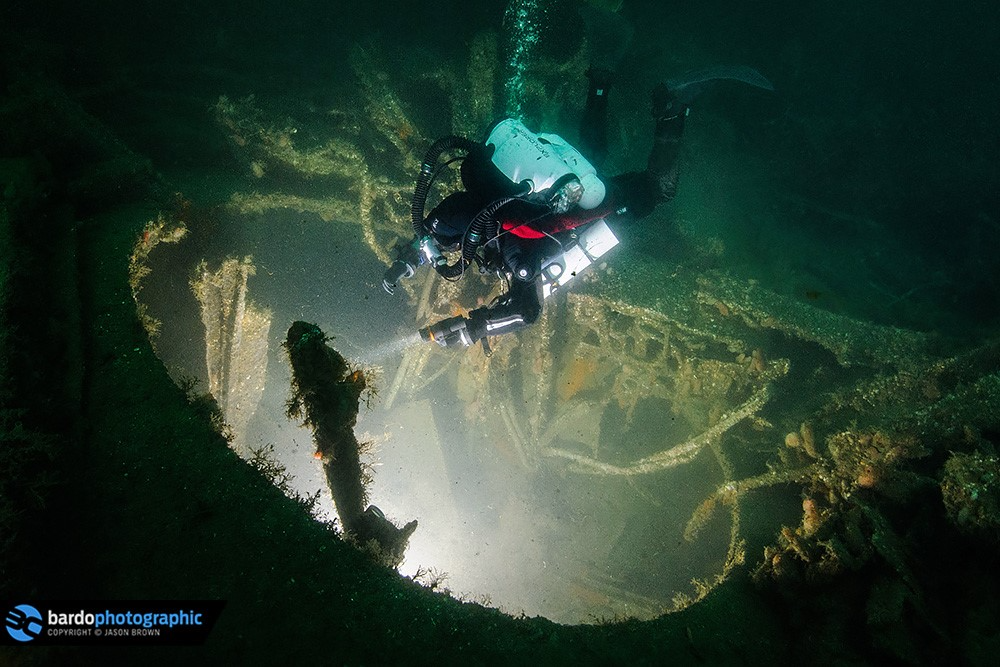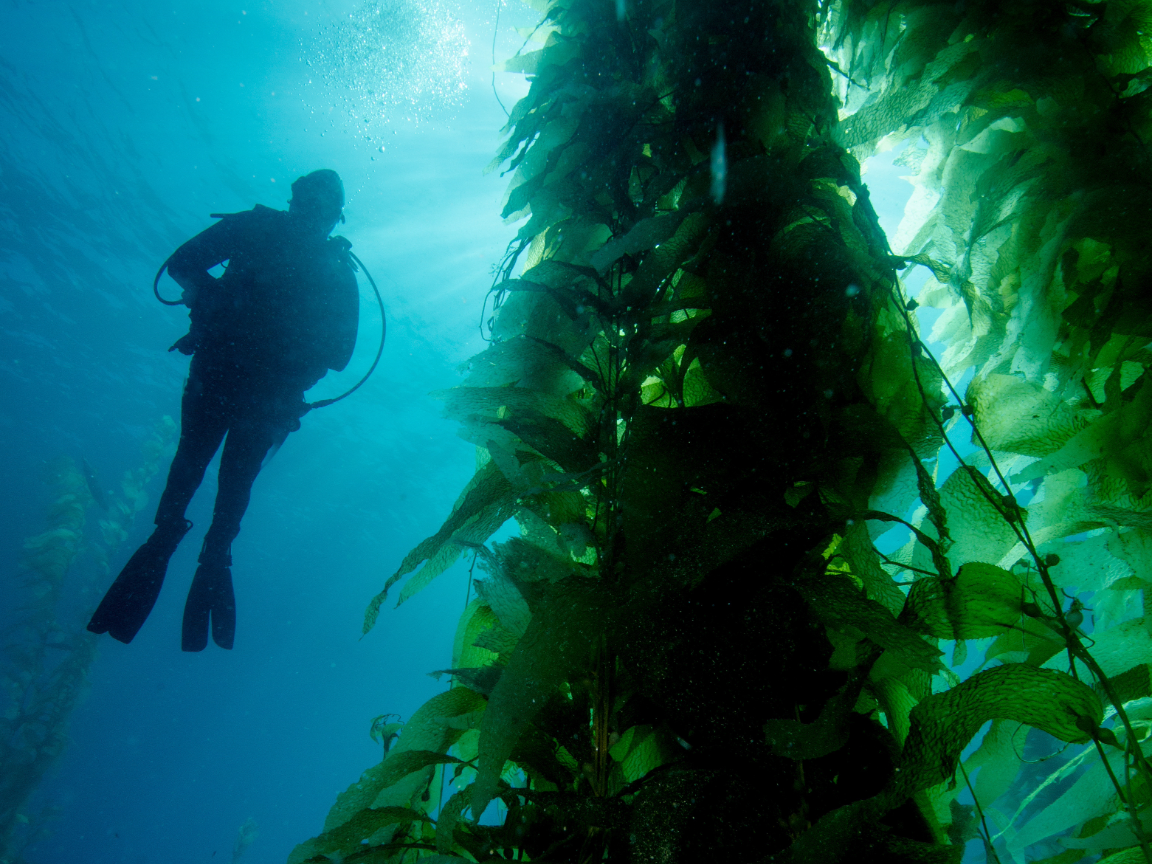Antimicrobial Peptides from Sea Urchins in the Twilight Zone of Bahía Banderas México

Image by Juan D. Cortes
The overuse of antibiotics in the last several decades has created resistance in many of the microorganisms that cause some of the world’s most dangerous diseases, such as tuberculosis, pneumonia, tonsillitis and others. In recent years, the World Health Organization (WHO), has put the health community on alert to seek alternative treatments.
Scientists are now on a quest for new products to fight pathogenic organisms and they are looking ahead to new frontiers to solve this problem. One example of these products is antimicrobial peptides (AMP). Peptides are made of 10 or fewer amino acids connected as a chain. Polypeptides and proteins are chains with more than 10 amino acids and proteins form many tissues in the body like hair or muscle.
AMP molecules are some of the best candidates for finding treatment alternatives for severe infections of bacterial or fungal origin. The fight against cancer cells is another potential use for these molecules. AMPs can attack cancer cells with comparatively minor secondary effects, particularly when compared with those of more traditional chemotherapy. Furthermore, there are indications that AMPs have antiviral1 activity with viruses like HIV2.
How are Technical Divers Contributing?
Although these antimicrobial peptides can help in the battle against a virus like HIV or in the fight against cancer cells, the search for them happens in just a few parts of the world. A potential place to look for them is in the ocean, particularly in those areas where unique conditions force the organisms to create chemical substances to survive these challenging environments. The twilight zone offers a good potential for success in this endeavor.
Traditionally most marine research has been limited to the first 30msw/100fsw, and in some cases to 40msw/130fsw. However, in the past 20 years technical diving has evolved and new developments, techniques and equipment are now available for technical divers to open up whole new fields of study in the twilight zone. Marine biologists can now engage with these new frontiers of research.
A group of Mexican marine biologists are searching for new antimicrobial peptides in sea urchins that live in the twilight zone. The objective is to collect sea urchins that live between the 60msw/200fsw and 100msw/330fsw, and extract newly identified antimicrobial peptides from them.
The use of divers has several advantages. Divers will have a lower environmental impact during the collection process. There will be no risks of damage by nets and no risk of collecting bycatch. Furthermore, divers can selectively target the right individuals for testing in terms of size, maturity and species. Also, the human hand has superior dexterity to that of ROVs or robots.
The area to explore is located in an underwater canyon in the southwest portion of Bahia Banderas, at the shores of Puerto Vallarta, Mexico. This submarine canyon has a depth of 1100msw/3600fsw and the wall has the correct environment for the right sea urchins.
There are at least nine species of urchins within the project’s depth range living in this environment:

Image by Andreas Jaschek
1. Slate Pencil Urchin
2. Cushion Urchin
3. Crowned Sea Urchin
4. Mexican Diadema
5. Galloping Urchin
6. Starry Urchin
7. Purple Sea Urchin
8. Embroidered Sea Urchin
9. Red Sea Urchin
The search for urchins targets three different dive plans with depths of 60msw/200fsw, 80msw/260fsw and 100msw/330fsw. Researchers will use technical diving procedures for open circuit scuba and closed circuit rebreathers.
The presence of any chemical substance in any living organism depends upon a series of different internal and external factors. Environmental factors like temperature, water availability and oxygen affect all organisms. In the same way, ocean pressure and exposure to light affect organisms in the twilight zone.
The hypothesis is that we can find new antimicrobial peptides in the innate immune system of sea urchins. This would be due to the unique conditions like low temperatures, reduced exposure to light, low levels of oxygen and high pressure present in the twilight zone between the 60msw/200fsw and the 100msw/330fsw.
Why Urchins?
Antimicrobial peptides are the chemical base for the innate immune system of urchins. These chemical compounds have been developing in organisms that have lived on earth for approximately 450 million years. AMPs are found in primitive organisms such as echinoderms or in more modern and recently developed animals like mammals.
As of 2018, we know of more than 2600 antimicrobial peptides that have some kind of antibacterial, anti-cancer or anti-virus activity. All of these antimicrobial peptides come from very common organisms. However, one group of organisms is more important because of their simplicity and very ancient origin: sea urchins, one of the five classes of echinoderms. At present time, there are a few scientists around the world researching urchins and their AMPs, and they’ve obtained positive results in the search for new antimicrobial peptides that can be used to treat infections in humans.
There are many reasons why it is important to keep looking for new AMPs. One reason is that bacteria can also develop resistance against AMPs3 like they do with antibiotics. More AMPs means more choices and a wider arsenal to use against infectious diseases.
Sea urchins, little creatures well known to divers, have a simple anatomy. It consists of a soft center body and a hard exterior armor with sharp spines that can cause painful injuries to the divers.
Sea urchins’ environment is normally associated with shallow water rocks or in kelp forests. However, they can be found in almost any marine environment from the tropics to the artic seas, and from the shore line to the abyssal zones.
From the point of view of this research, the most important part of sea urchins is the fact that they have an innate immune system working against infections. In particular, this system is located in the center part of the urchin known as the coelome, more specifically the coelomic cells. Within this soft part of their body, urchins have coelomic fluid with many cells in suspension; particularly, the coelomocytes whose function it is to carry the chemical arsenal of their innate immune system, where antimicrobial peptides are found. These peptides are the reason why scientists are interested in urchins.
How do antimicrobial peptides work?
The innate immune system of the first organisms in our planet used peptides as their first line of defense. In the beginning, the innate immune system evolved with their own peptides in each organism; the same peptides that could kill the infectious cells. But with time, in some specific organisms, the innate immune systems may have developed a memory through antimicrobial peptides that combated infectious cells. This interaction could have created chemical mechanisms that helped these primitive organisms in their defense against bacteria or fungi. Additionally, more developed organisms used these peptides for the same reasons, and this is considered evidence that connects all living organisms through their immune systems and in particular through these peptides.
The modes of action by which antimicrobial peptides kill microbes are varied, and may differ for each bacterial species.4 One way in which these molecules can destroy a cell like bacteria or cancer is by working as a chemical key in cell membranes. All the cells have specific proteins responsible for access to nutrients and with specific chemical information. After finding a specific antimicrobial peptide, scientists can use it to keep these chemical doors open. Targeted cells then lyse because they lose internal fluids or increase the volume which then causes an imbalance in their internal regulatory process. Both situations end in the destruction of the cells.
What’s Next?
In 2017, during a prospective expedition a species of sea urchin was found at 50msw/165fsw. In the lab, three different antimicrobial peptides were extracted and tested positive against two different species of bacteria.
In 2018 four more expeditions are being organized to collect more organisms from the three target depths and to continue extracting and purifying peptides and testing these peptides against bacteria and cancer cells.

References
1. Lalezari, JP; Eron, JJ; Carlson, M; Cohen, C; Dejesus, E; Arduino, RC; Gallant, JE; Volberding, P; et al. (2003). "A phase II clinical study of the long-term safety and antiviral activity of enfuvirtide-based antiretroviral therapy". AIDS (London, England). 17 (5): 691–8. doi:10.1097/01.aids.0000050825.06065.84 (inactive 2017-08-24). PMID 12646792.
2. Greenberg, ML; Cammack, N (2004). "Resistance to enfuvirtide, the first HIV fusion inhibitor". Journal of antimicrobial chemotherapy. 54 (2): 333–40. doi:10.1093/jac/dkh330. PMID 15231762.
3. Chua SL, Tolker-Nielsen T, Kjelleberg S, Givskov M, Yang L (2013). "Bis-(3′-5′)-cyclic dimeric GMP regulates antimicrobial peptide resistance in Pseudomonas aeruginosa". Antimicrobial Agents and Chemotherapy.
4. Nguyen LT, Haney EF, Vogel HJ (2011). "The expanding scope of antimicrobial peptide structures and their modes of action". Trends in Biotechnology. 29 (9): 464–472. doi:10.1016/j.tibtech.2011.05.001. PMID 21680034.
---
Written by Jose Luis Arreola
Jose Luis Arreola earned his BSc (Marine Biology) from Universidad Autonoma de Baja California Sur (UABCS) and his MSc (Natural Resource Management) from CICIMAR-IPN. He is currently a PhD student at the Universidad de Guadalajara. He obtained his first scuba certification at age 12 from CMAS and has 36 years of diving experience. He has been a diving instructor since 1998 and is certified by PADI, NAUI, SSI, IANTD, NACD and GUE. He has participated in the Scripps scientific diving instructor training course and trained in underwater sampling techniques at the University of Hawaii.




